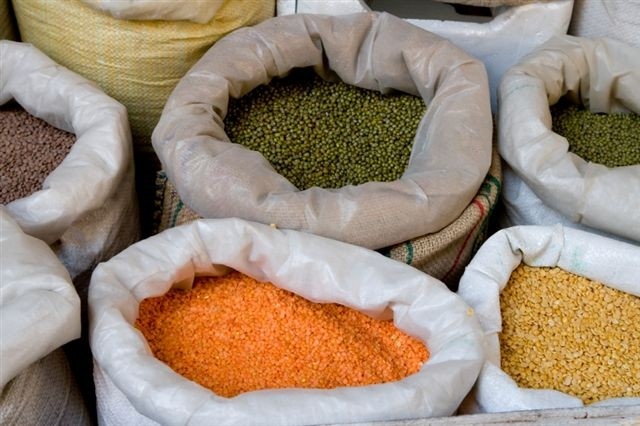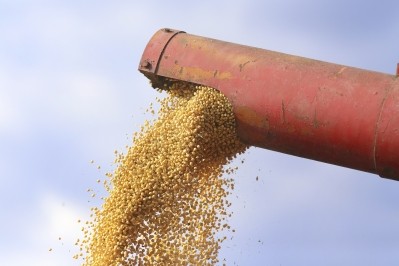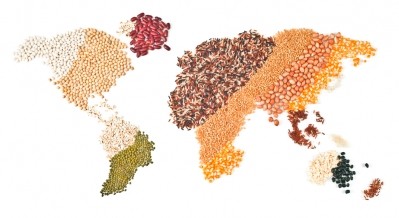Special Edition: Commodities Outlook
Managed money expecting lower prices on grains

“The positions taken by managed money show speculators are anticipating that prices will go lower. However any potential supply disruption such as continued dryness in southern Australia, further or potential damage to the quality of winter wheat in the US due to recent rains or general unfavorable growing conditions in key production areas could cause prices to rebound,” said Corey Dencklau, VP of ingredients at US commodity management firm, Gavilon.
But he told FeedNavigator that risk to supply is currently low as the US growing season has got off to a very good start. “The planting pace of US corn, wheat and soybean planting has been swift this year and there is usually a high correlation with that level of progress and above trend yields. So we have many of the critical factors in place to realize a large crop again,” said Dencklau.
Market keeping close eye on China
He also noted the large stock levels globally. “That said, a factor such as a slowdown in the Chinese economy could impact that market’s demand for soybeans and could dampen prices further in that particular commodity," he said.
China's massive appetite for soybeans is a significant driver of global soybean price fundamentals.
He said the market is also wary of possible future import limitations by China on feed grains such as sorghum and barley – shipments of those crops to China have increased substantially in the past year opening the door to potential trade restrictions.
Last August, that country's quarantine office was reported to have asked authorities to tighten checks of sorghum and barley from the US, looking for impurities such as pesticide residues and heavy metals.
Risk mitigation tools
In terms of feed manufacturing options in commodity risk management, Dencklau said, obviously, keeping tabs on real time analysis of the factors impacting the global grain outlook is critical. “We have a dedicated team of economic researchers that provides periodic fundamental updates to our strategic customers and suppliers to assist them in making well informed margin management decisions."
Gavilon also has an extensive feed ingredients network and trades in by-products including DDDG's, canola meal, cottonseed meal, whole cottonseed, wheat midds, soyhull pellets, cottonseed hulls, and corn gluten, as well as animal products like bone meal, blood meal, feather meal, among others.
Feed firms can typically rely on futures markets and options or they can lock in forward flat price values to manage their margins but Dencklau said along with those services, a tool it provides to feed ingredient buyers – relative value ownership – is a unique commodity risk mitigation mechanism.
“We provide flexibility to our customers allowing them to trade out of the ownership of a commodity they originally purchased from us if they later wish to shift to another raw material – for example from DDGS to canola – for use in their feed rations.
We buy the product back at current market values if they determine there is another feed ingredient they prefer to use that either better fits their nutritional goals or allows them to reduce the costs of their rations overall.
We have that kind of leeway on our end due to the diverse portfolio we trade, the way we manage risk, our assets and the strong producer relationships we have built up,” said Dencklau.










